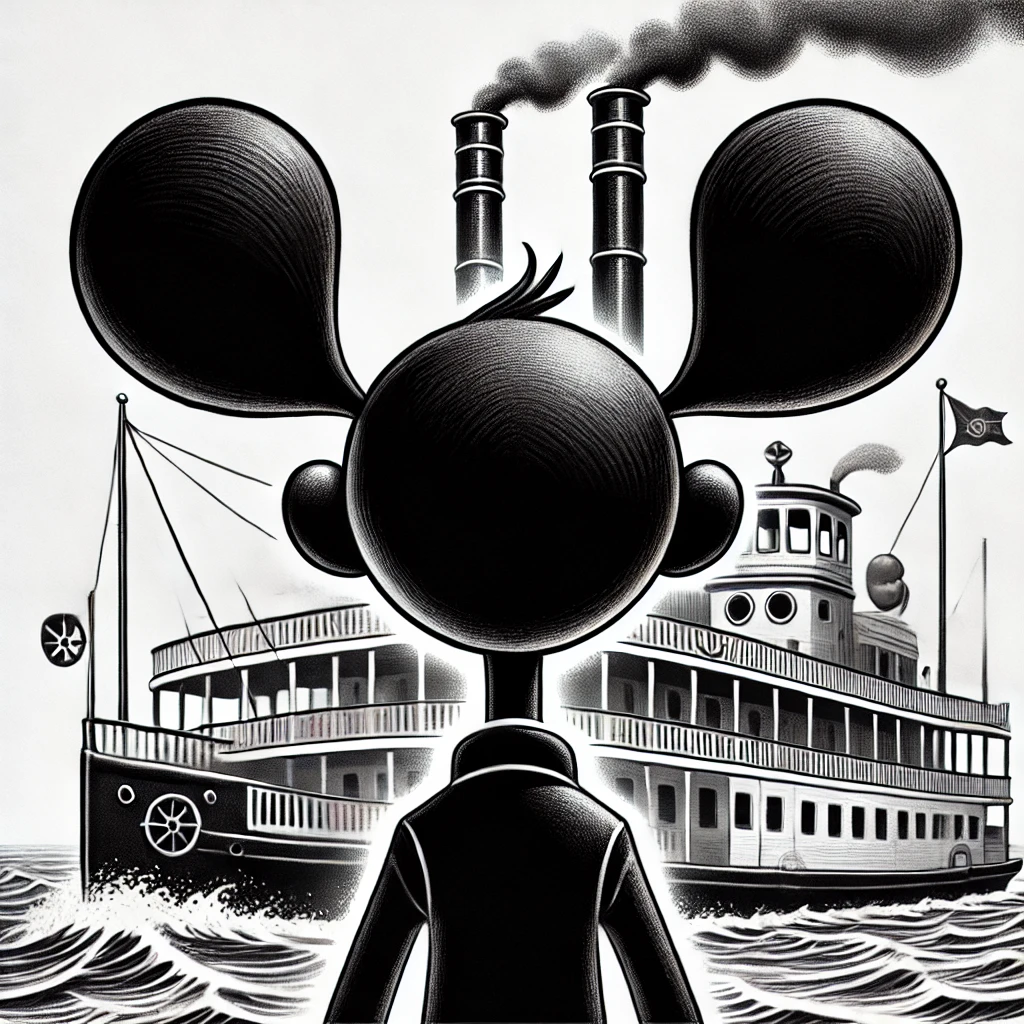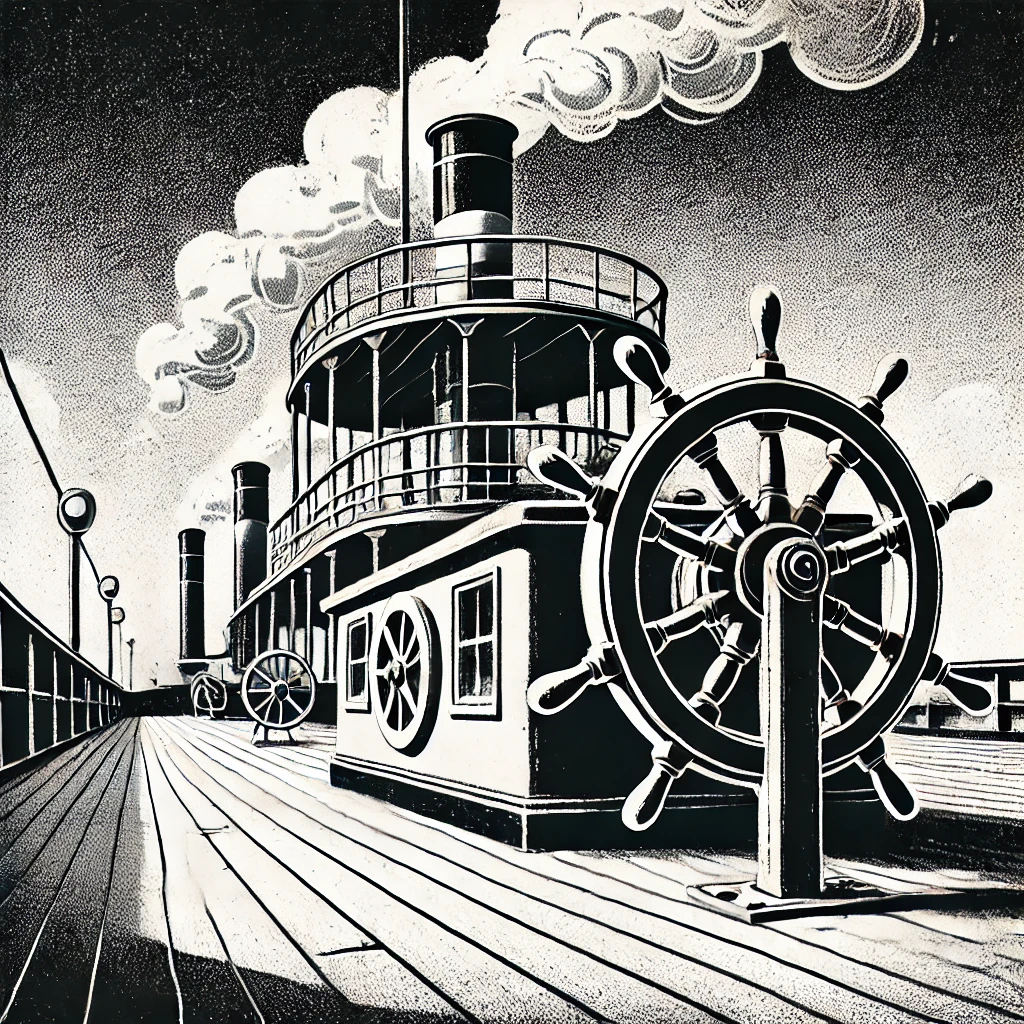On November 18th, 1928, the world was introduced to Mickey Mouse in the animated short film Steamboat Willie. This momentous debut marked the beginning of an iconic character that would become synonymous with The Walt Disney Company and a beloved figure in popular culture. Mickey’s charming personality and adventurous spirit captured the hearts of audiences, establishing him as a symbol of joy and creativity.

The Innovative Animation of Steamboat Willie
Steamboat Willie was groundbreaking in several ways, notably as one of the first synchronized sound cartoons. Directed by Walt Disney and Ub Iwerks, the film combined innovative animation techniques with a synchronized score, bringing the characters to life in a way that had never been seen before. The use of sound enhanced the comedic elements of the cartoon and made the viewing experience more engaging for audiences.
In this short film, Mickey Mouse takes on the role of a mischievous riverboat captain, showcasing his playful antics as he navigates the waters and interacts with various animals and characters. The film’s whimsical charm and Mickey’s infectious energy resonated with viewers, contributing to its immediate popularity. This innovative approach to animation set a new standard for the industry and laid the foundation for the future of animated films.

Mickey Mouse: A Cultural Icon
The success of Steamboat Willie propelled Mickey Mouse into stardom, transforming him into a cultural icon almost overnight. As the first animated character to receive widespread recognition, Mickey quickly became a symbol of optimism and resilience during the Great Depression. His cheerful demeanor and adventurous spirit offered a much-needed escape for audiences facing difficult times.
Mickey Mouse’s popularity paved the way for a series of subsequent animated shorts and merchandise, solidifying his status as the mascot of The Walt Disney Company. Over the decades, Mickey has evolved from a simple cartoon character into a multifaceted symbol of entertainment, representing the values of imagination, creativity, and happiness. His image can be found in theme parks, merchandise, and media around the world, making him one of the most recognizable figures in popular culture.
The Legacy of Mickey Mouse

The impact of Mickey Mouse extends beyond entertainment; he has become an enduring symbol of the Disney brand and its commitment to storytelling and innovation. Mickey’s influence can be seen in various aspects of popular culture, from television shows and movies to video games and merchandise. He has become a beloved character for multiple generations, embodying the spirit of childhood and the magic of Disney.
Mickey Mouse’s legacy also highlights the importance of animation as an art form. The success of Steamboat Willie marked a turning point in the animation industry, inspiring countless animators and filmmakers to explore the possibilities of this medium. The techniques developed during this era laid the groundwork for future animated films, pushing the boundaries of storytelling and creativity.The debut of Mickey Mouse in Steamboat Willie on November 18th, 1928, represents a significant milestone in the history of animation and popular culture. This iconic character not only brought joy to millions but also transformed the landscape of the entertainment industry. As we reflect on the legacy of Mickey Mouse, we celebrate his role as a symbol of creativity, innovation, and the enduring power of storytelling. From his humble beginnings as a simple cartoon character to his status as a cultural icon, Mickey Mouse continues to inspire and delight audiences around the world, reminding us of the magic that can be created through imagination and artistry.
